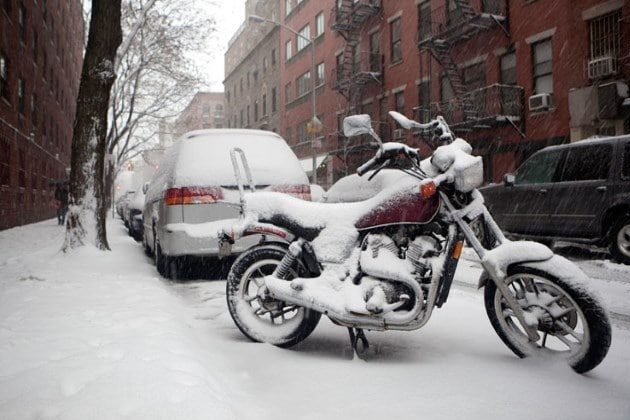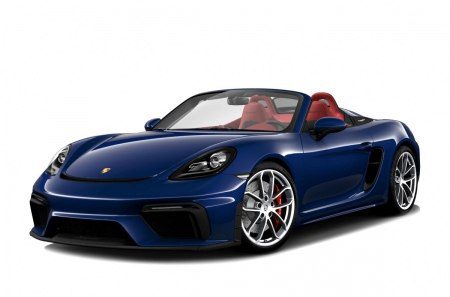
Motorcycle tires
Content
Pneumatics
It is advisable to always ride a full train, that is, the tire and the rear of the same model. Thus, both tires will provide perfect balance.
However, it is quite possible to choose different erasers on the front and back. The mixture chosen often comes down to taking a sports tire at the front and a road / GT at the rear (see table).
In absolute terms, it is important above all to have tires with the same structure at the front and rear: bias or radial.
Note that setting the tire wider than the initial lift does nothing, let alone a loss in speed, agility and stability at low speeds.
However, in this 160/60 example, the rear can be raised to take advantage of tires not available in the 150/70.
Cold inflation pressure (kg / cm3 or bar)
| example | Solo use | Use in a duet |
|---|---|---|
| Before | 2,25 | 2,25 |
| Back | 2,50 | 2,50 |
Tire pressures are always listed in the motorcycle owner's manual and often on the motorcycle itself. This corresponds to the pressure required for maximum speed and load. It is also the pressure at which the tire will wear less quickly if the driving is equal.
Often this is 2,2 in the front and 2,5 kg in the back of the road. On the track, the pressure usually drops to 2 for the front and rear (or even less in some cases for tires like the GP Racer 211).
The pressure should be checked regularly, cold and always before every major ride.
Under-inflated tires wear out faster. On the other hand, they rise more easily at temperatures and provide better grip. For this reason, tire pressure is often reduced by almost 200 grams for track / chain use compared to road use.
Over-inflated tires have a smaller contact surface with the road and can cause slippage. We have to adhere to the manufacturer's recommendations for the road, which offers a fairly high pressure by default, which really guarantees a longer tire life.
Attention! a 200 gram change in pressure significantly changes the handling of the motorcycle.
Valve cover
Always make sure that the valve cap ... that protects the valve is in place.
This small attachment, protruding only from the rim, is a safety organ. This provides a sealing effect and good tire pressure maintenance. When the wheel rotates, the valve body is subjected to centrifugal force and can be lifted from its seat, thereby releasing some air. If the valve cover is tight, there is no problem. On the other hand, for those who are equipped with tuning valves, this valve may disappear, and the response even by 50 km may decrease by 200 grams, the tire pressure with the danger that it implies.
Planned changes:
The life of a tire depends on two factors: the type of rubber and the type of driving the driver is driving. Medium soft rubbers like BT 57 can be changed every 12 km. On the other hand, choosing soft gums like D000 will divide the service life by two or more: about 207 km. I also saw the original BT7000s being modified by almost 54 km!
It all depends on the use and the driving mode. The nerve drive wears out more of the tire. Thus, for the same motorcycle, the same tire lift can have nearly double the lifespan between a smooth ride and a jittery ride.
It is understood that the soft rubber will provide extraordinary handling, allow for much more corner grips and healthier high-speed behavior. In short, we'll stick to the road, which isn't necessarily the initial climb, once it's pushed to its limit.
As resellers, GT tires such as the BT023 from Bridgeton have had great success, followed by the Michelin PilotRoad, the Pirelli Dragon GTS or the Roadsmart / Sportsmart at Dunlop.
Can mix two categories with sports tire in front to treat
morality and feeling, as well as sports / gt will get tired for a long time. In this case, the lift that had more success was the BT010 / BT020 torque. But an Evo at the front, mixed with a Dragon GTS at the rear, is quite possible.
In terms of durability, to give an idea, for a roadster, original tires can have a lifespan of around 10-12 kilometers with a maximum of 000 kilometers. For a sports car, tire life is more likely on the order of 24 kilometers, and often shorter on particularly voracious models such as the Hayabusa (000 km).
Consider adding a build price, which is usually around € 30, including front + rear + balance + tire pressure plus chain tension + valves + balancing weights (around € 10 for the front and 20 € for the rear in Paris). In fact, it is advisable to use assembly packages. Personally, I think that suddenly it is not worth worrying about.
Balancing is usually charged 5 euros; valve replacement - 4 euros.
Comments
Motorcycles sometimes change their ride from one vintage to another. A roadster in the N or S version may not have that lift (the € 500 difference is not just the fairing justifying).
If there was once a choice between bias and radial tires, today the question arises less when the vast majority are radial in structure, especially for motorcycles over 125cc. The question arises rather between bi-gum and tri-gum!
The price difference between the two mounts can be significant ... and typically range from € 170 to € 230 (front + rear), to which an average € 30 assembly must be added.
It should be noted that riding choices have a major impact on the handling of the motorcycle and, in particular, can reduce (or increase) the occasionally seen blistering at high speeds.
Which tire should you choose?
It all depends on the type of motorcycle and especially on its use.
Naturally, we will fit sports tires on a sports car and more road tires on a road car. The dilemma begins, for example, in the case of roadsters.
The Dunlop Sportsmart is, for example, an excellent sports tire that raises temperatures quickly and provides excellent traction at the expense of comfort. However, its very soft rubber implies a significant budget change.
The Dunlop Roadsmart is a great compromise between sport and road, regularly renowned by bikers. Hardy, it still allows for occasional attacks if needed, offering a good sense of security. The BT023 has come a long way since the BT20 with amazing grip. We shouldn't forget about the Metzeler Roadtec Z6 and then the Z8 in the same category.
User Comments
Now, in addition to the technical specifications, the interest is also to be able to read the comments of those who have tried this or that climbing their favorite mountain.
And for that there is a large online survey completed by over 4000 bikers on over 180 tire models representing over 50 million kilometers: survey results and motorcycle tire reviews.

